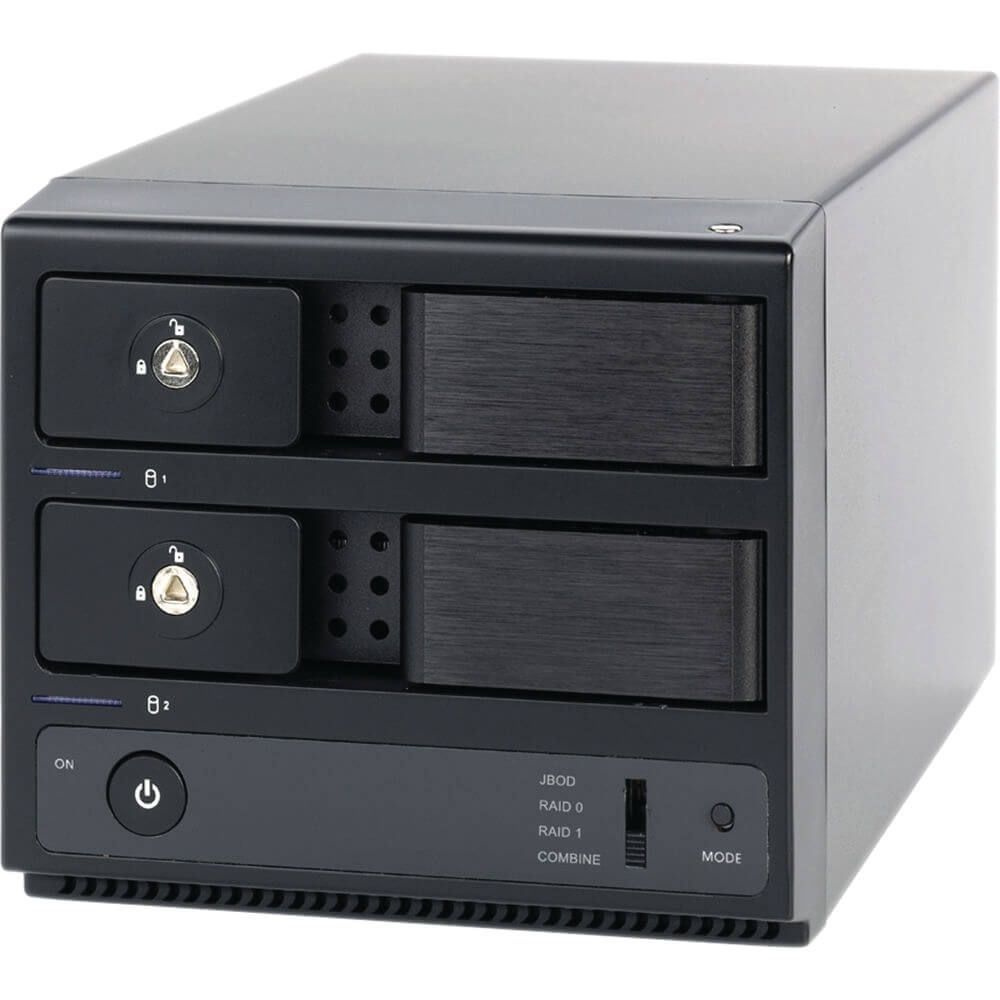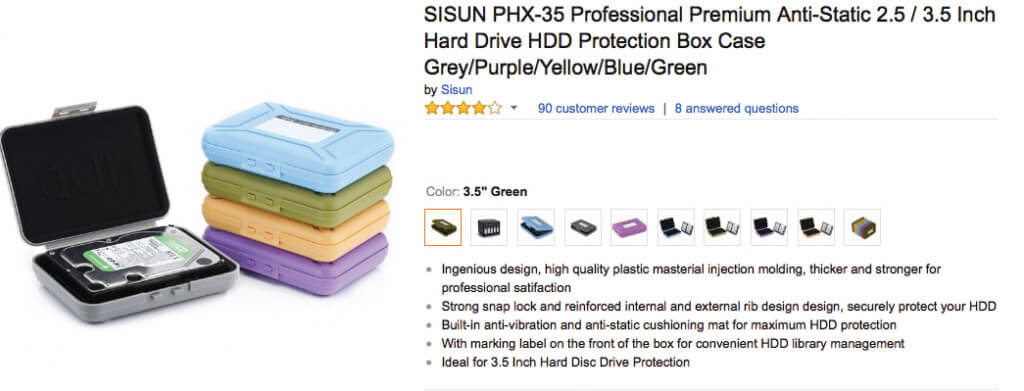ARCHIVE YOUR STUDIO WORK
This month I want to address a really important, if totally unsexy, topic: Archiving. Here’s the thing, most people don’t back up as they work and backing up is not the same is archiving. Let me tell you story: maybe 20 years ago, when I hadn’t given this topic much thought, I had all my current work on my studio drive, and I would periodically back it up to an external drive. If my internal drive became full, I’d remove an old project since it was also on the external drive. Ultimately my entire life’s work was on that external drive. BAD IDEA. One day I needed an old session, plugged in the external drive only to have it burst into flames! OMG, all my work! Thankfully, DriveSavers in California was able to recover all of my data for a mere $3,000 (only a fraction of which was covered by my business insurance policy. You do have one of those, right?) It was a painful lesson.
RECORDING STUDIOS & DATA PRESERVATION
This made me think long and hard about data preservation. You should, too. I’ll tell you what I do. To begin, let’s think about a few crucial definitions. First, when we’re talking about long-term data preservation we’re talking about Archiving, not back up. Back-up is a single, on-line or near-line copy of your data that’s available if anything should go wrong now or as you’re working in the near future. Archiving is about making sure you have lots of copies of completed projects that will hopefully survive long into the future. Second, what you archive needs to be different from your working session in order to survive not only mechanical failure but technological changes over time. DAWs and plug-ins are going to change in the future, that’s guaranteed, and over my career I’ve seen them come and go enough that old sessions simply can no longer be opened.
[RELATED: Protect Your Home Studio With These Insurance Tips]
TIME FOR RAID STORAGE
In many ways, archiving demands in the physical world are relatively easy. You need many copies of your data and a way to keep track of it. The answer is a RAID (redundant array of independent disks). [See Fig 1]

Figure 1: RAID storage
This is a special external hard drive enclosure that has built-in software that, in its simplest terms, takes two hard drives and makes them act as one, but with the second a mirror copy of the first. This is called RAID 1. There are a bunch of different ways to do RAID that you can look into; I actually use what is called RAID 10 to get enough storage space as well as redundancy.
A key feature to my scheme is that when the drive(s) are full they get copied onto their replacement drive(s) that are, thanks to the march of technology, larger. This provides yet another copy, on fresh drives, moving forward. The full drives are then placed in special drive boxes (available on Amazon) [see Fig 2] and stored in a cool, dry location, in two SEPARATE locations (my home and the studio).

Figure 2: hdd protection boxes
I have a paper form that I complete for each drive listing the date of install, the date of removal, the manufacturer and model number, the designation of the drive (Archive number X) and whether it is the A or B of the pair. [see Fig 3] When I store the pair, I make a screenshot of the top level of the folder of the drive so I can see what’s on it. Annually, I take all the stored drives out and spin them up to prevent mechanical seizure of the platter mechanism.

Figure 3
WHAT TO ARCHIVE
So much for the easy part! Now let’s talk about what you archive. You have to assume that if your data survives, none of the software that you used to create it will work to open it. It is unlikely that Pro Tools 27 is going to open PT 12 files, and even if it did, it’s unlikely that Mac OS 19 is going to read those files, or Soundtoys 15 plug-ins will work with it. You can only really hope that standard PCM files will still be around (AIFF, WAV). So, we plan for only those files to be useable. That means that after a project is complete, there is more work to be done.
[RELATED: Make Your Home Studio Sound Amazing With These Simple Tips]
When you’re done with your mix, you make a few versions, right? We make a vocal up (1dB) and another vocal up (2dB) and a vocal down (1dB). We make an a cappella version and an instrumental. We make a TV version (all instruments and vocals except the lead). These are great to have on-hand for when the client needs one (which they will, but never believe it until they do). Then we bounce all the tracks individually (from the start of the session) with and without effects. At the end we have a lot of files! [see Fig 4]

Figure 4
We have every track as linear files (no edits) for each instrument (or group) in raw and processed form. This means that we can open a blank session, throw in the processed tracks, and have the mix immediately re-created. If you use analog processing, as we do, this means bouncing, in real-time, through all those boxes. It takes about four hours per mix! However, this is the best way I’ve found to be sure that our data will survive the future, and has already proven itself to be a successful strategy.
Now that you know how important archiving is, and why backups are not the same thing, I urge you to respect your own work and develop a strategy that is similar to protect it. Don’t let yourself only become convinced, as I did, after a (near) tragedy. Archiving, as time consuming and unsexy as it is, will someday save your ass.
ABOUT THE AUTHOR
Award winning mix engineer and producer Jordan Tishler runs Digital Bear Entertainment in Boston MA. Currently in the process of designing and building a new facility with renowned designer Fran Manzella, DBE will, once again, be the pre-eminent mix/overdub room. The SSL console and racks upon racks of analogue outboard gear, tape machine, and gazillions of instruments helps Tishler meet the expectations of artists including B Spears, JLo, Iggy A, MOTi, Justin Prime, SIA, and London Grammar. Contact me about producing your next record, or mixing the one you’re working on now!
